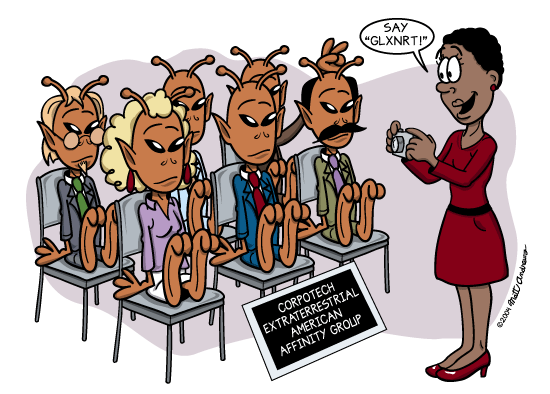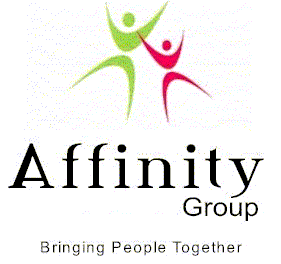
Set a specific goalĬonsider what your workplace needs most and identify it as a goal for the group.
#Affinity group how to#
The following steps outline how to create an affinity group within your organization: 1. How to start an affinity group for your employees Having criteria for affinity groups and applying requirements equally to all groups can cut down on these issues. You might also face pushback if some affinity groups are approved and others aren’t. Training on discrimination can help all employees understand the need for changes, which may reduce objections. Ensure your affinity groups maintain a positive focus instead of becoming a negative space to complain. Communicating the purpose of the group can help ease concerns or negative feelings. Review discrimination laws to ensure the groups don’t violate them. Some might even say they’re being discriminated against because they can’t participate. They may feel that affinity groups cause division because they’re exclusive to a particular group. The goal of affinity groups is often to improve diversity and inclusion, but some people might see it as the opposite. Risks of affinity groups in the workplaceĪlong with the benefits, it’s important to look at the potential risks of starting an affinity group in the workplace. The groups encourage open discussion and idea sharing, which can help members learn from one another.
#Affinity group professional#
Professional development: The affinity group can be a form of professional development when you include a mentoring aspect.That confidence might carry over to other work interactions, and encourages all your employees to all share their ideas. Sharing ideas and feelings with others who can relate feels safe and freeing. Improved confidence: Feeling like a part of a community can build confidence in your employees.Having those positive relationships can improve morale and employee satisfaction. That’s especially true in a larger organization with multiple departments where employees don’t interact often. Positive relationships: Members of an affinity group might not meet or get to know one another well without the group.It can also be comforting to make connections with other people who deal with similar experiences. Applicants might feel comfortable before they get a job offer if they know there’s a safe space for them at the company. Sense of belonging: Affinity groups make people in diverse populations feel a sense of belonging.Affinity groups allow those diverse populations to collaborate and share their ideas with the workplace. Innovation: The inclusion of diverse populations can lead to new ideas and innovation that further benefit the company as a whole.Proving commitment: They add value to the business by proving its commitment to diversity and the value it holds for inclusivity.They show that the company cares about diversity and inclusion and can help you recruit a more diverse workforce. Recruiting and retention: Organizations use the groups to attract new hires and retain current employees.Some benefits of affinity groups include:

They can create positive effects in many parts of the business. Why are affinity groups important in the workplace?Īffinity groups are essential assets to any business’ workplace diversity and inclusion plan. That gives more people the option to participate in a group to which they can relate. You can have multiple affinity groups based on your employees.

By limiting it to people who share that identifier, the affinity group remains a comfortable, safe space where members can connect with others who can relate. A women’s leadership affinity group would only be for women. For example, an LGBTQ+ group would only be for people who fit into one of those categories of sexual orientation. Related: How to Start a Mentor Program Who can participate in affinity groups?Īffinity groups are designed only for people who fit the identity.

They create safe spaces for networking, resources for mentorship and training for professional development.

Affinity groups are employer-recognized and promote inclusion, diversity and other efforts that benefit employees. These groups can cause significant change within the workplace. Some examples include:Īffinity groups are led by the employee members. The unifying characteristic is usually something that’s traditionally underrepresented and can make the people in that group feel isolated. An affinity group or employee resource group (ERG) is a collection of individuals who share a common identity characteristic, which can be a wide range of things. Understanding the affinity group definition helps you decide if it’s a good strategy for your business.


 0 kommentar(er)
0 kommentar(er)
